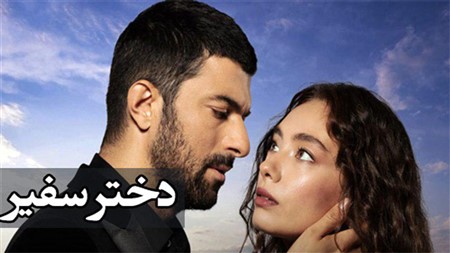
This is based on accounts of Vardan Areveltsi, a 13th-century Armenian historian. However, this story has a popular origin and no ancient source has recorded such event. In AD 297, it became the capital of Tiridates III, king of Armenia. Other sources claim that in AD 246, to avenge his brother's death, king Tiridates II of Armenia repelled Ardashir I of the Sassanid Empire and changed the name of the city from Shahistan to Tauris, deriving from " ta-vrezh" ("this revenge" in Grabar). 9.4 Tabriz International Exhibition CenterĪccording to some sources, including Encyclopædia Britannica, the name Tabriz derives from tap-riz ('flowing hot'), from the many thermal springs in the area.2.2 From the Arab conquest to the Constitutional Revolution.Until 1925, the city was the traditional residence of the Qajar crown princes. Prior to forced ceding of the Qajar dynasty's Caucasian territories to Imperial Russia, following two Russo-Persian Wars in the first half of the 19th century, Tabriz was at the forefront of Iranian rule over its Caucasian territories. As the country's closest hub to Europe, many aspects of early modernisation in Iran began in Tabriz. In modern era city played a vital role in the history of Iran. From the early modern era, Tabriz was pivotal in the development, movement and economy of its three neighboring regions namely the Caucasus, Eastern Anatolia and Central Iran. Among these sites is the grand Bazaar of Tabriz, which is designated a World Heritage Site. Most of Tabriz's preserved historical sites belong to Ilkhanid, Safavid and Qajar. Tabriz contains many historical monuments, representing Iran's architectural transition throughout its deep history. Tabriz is also an academic hub and a site for some of the most prestigious cultural institutes in Northwest Iran. Local confectionery, chocolate, dried nuts and traditional Tabrizi food are recognised throughout Iran as some of the best. The city is famous for its handicrafts, including hand-woven rugs and jewellery.


Tabriz is a major heavy industries hub for automobiles, machine tools, refineries, petrochemicals, textiles and cement production industries. The population is overwhelmingly Azerbaijani who speak the Azerbaijani language, though Persian is spoken by residents as a second language. With a population of over 1.7 million (2016), Tabriz is the largest economic hub and metropolitan area in northwest Iran. It was named World Carpet Weaving City by the World Crafts Council in October 2015 and Exemplary Tourist City of 2018 by the Organisation of Islamic Cooperation. With cold winters and temperate summers, Tabriz is considered a summer resort. The valley opens up into a plain that gently slopes down to the eastern shores of Lake Urmia, 60 kilometres (37 miles) to the west. In the Quru River valley in Iran's historic Azerbaijan region between long ridges of volcanic cones in the Sahand and Eynali mountains, Tabriz's elevation ranges between 1,350 and 1,600 metres (4,430 and 5,250 ft) above sea level.

It is the fifth-most-populous city in Iran. Tabriz ( Persian: تبریز ( listen) Azerbaijani: تبریز) is a city in northwestern Iran, serving as the capital of East Azerbaijan Province.


 0 kommentar(er)
0 kommentar(er)
